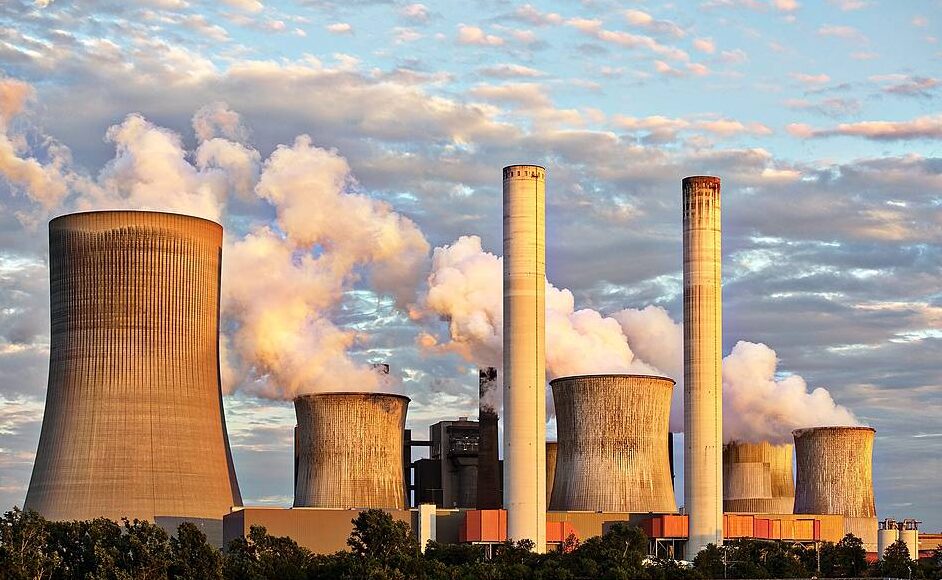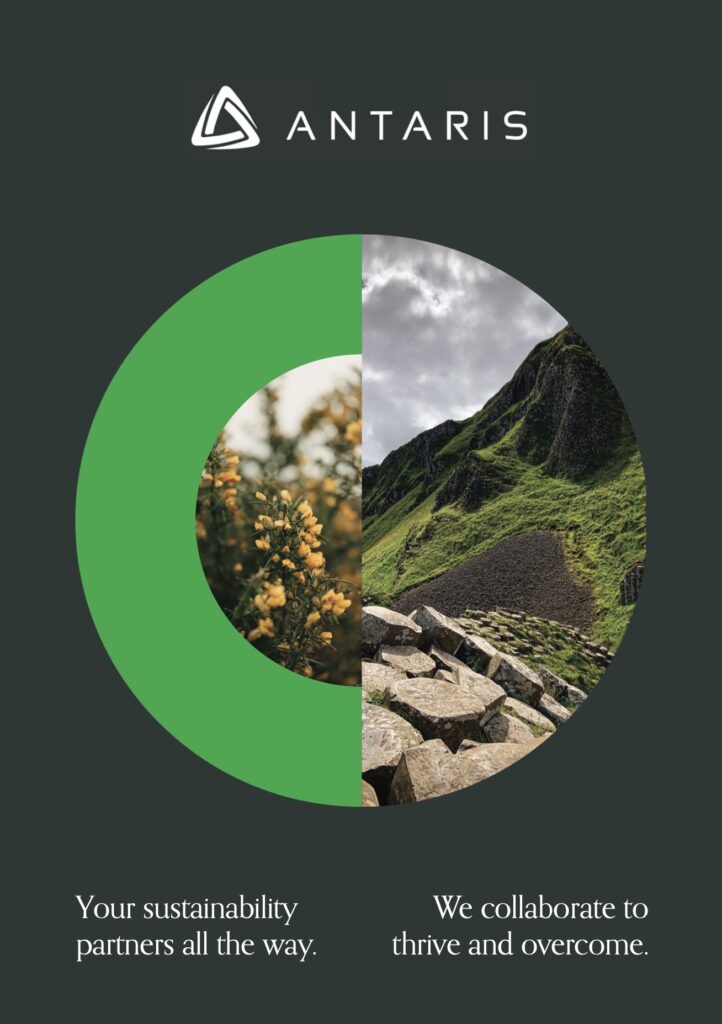Decarbonising Industry, Waste and the build environment
The Climate Change Advisory Council Annual Review 2025 was published last week.
It shows, regrettably predictably, that we are off target and that implementation for most things, heat pump roll out, solar roll out, biomethane roll out, district heating roll out etc. are all delayed and we won’t meet our targets.
On the plus side industrial emissions fell by approximately 4.6% in 2024, though this was driven largely by reduced cement production (half of which is exported and varies with UK demand) and declines in manufacturing output (presumably not something the Government is promoting). Hopefully the Roadmap for the Decarbonisation of Industrial Heat, (which includes €300 million in ring-fenced State capital funding for supporting industrial decarbonisation projects) will continue to bear fruit.
Fuel switching- getting off fossil fuels
The Council are calling for the National Building Renovation Plan to include a clear plan to phase out fossil fuel boilers in existing buildings.
In Industry fuel switching remains stagnant: electricity and renewables represent just 29% and 8% of total final energy consumption in industry, respectively (as of 2023). Natural gas dominates at 41%. The switching to electricity and renewables needs to continue if we hope to meet the industrial sector targets.
The CCAC is calling for ESB Networks and the Commission for Regulation of Utilities (CRU) to lower the cost and time required for grid connections vital for industries switching from fossil fuels to low-/medium-temperature electrified processes. Incentives are also recommended for integrating on-site solar PV, solar thermal systems, hybrid heat pumps and innovative energy storage within industrial processes.
Decarbonising construction
The Council recommends that the Energy Performance of Buildings Directive (EPBD) requirements be implemented to disclose life-cycle global warming potential for smaller buildings. This would discourage use of high-clinker cement and promote low-carbon alternatives through procurement policies.
Encouraging retrofitting over demolition, a “re-use first approach” reduces demand for new cement production) and indirectly influences industrial demand.
Circular economy
Ireland’s circular material use rate was just 2.3% in 2024, far below the EU average of 11.8%. Construction and Demolition waste forms the largest waste stream in Ireland and accounts for over 50% of all waste. The council are recommending pre demolition audits to encourage reuse of materials.
Embodied carbon is expected to increase five-fold by 2030 from 2010 levels if business continues as usual, potentially accounting for up to 40% of territorial emissions. Ireland will need to scale up secondary materials markets (currently lacking) in the construction sector, to reduce linearity and thus environmental impacts.
The EPA’s publication of the national end-of-waste criteria for recycled aggregates and the national by-product criteria for site won asphalt as well as the national by-product criteria for greenfield soil and stone should encourage the reuse of materials.
In other EU countries (but not Ireland) recycled aggregates are used in structural applications. The CCAC state that the Government must develop a comprehensive and appropriate recertification system for the C&D waste stream ensuring that the standards of materials align with those of the insurance sector.
Waste
Eliminating waste arisings saves money, reduces emissions and takes pressure off our limited waste processing sector. The EPA’s State of the Environment Report 2024 highlighted how Ireland’s capacity to collect and treat waste is vulnerable and underperforming, with an over reliance on other countries to treat recycling materials, general municipal waste and hazardous wastes. Ireland’s recycling rates have stagnated over the last decade, as, while recycling tonnages are increasing, any potential improvements in the rates of recycling are being negated by the increasing amount of waste being generated. Ireland continues to rely on the exportation of waste from key waste streams, such that a third of municipal waste, two thirds of packaging waste, and a third of organic waste and almost all waste tyres were exported for treatment in 2022. Ireland will need to invest in additional recycling and waste to energy facilities to ensure self-sufficiency. This will enable resilience in the system to cope with market shocks or unforeseen events (perhaps driven by climate shocks) that give rise to additional quantities of waste.








